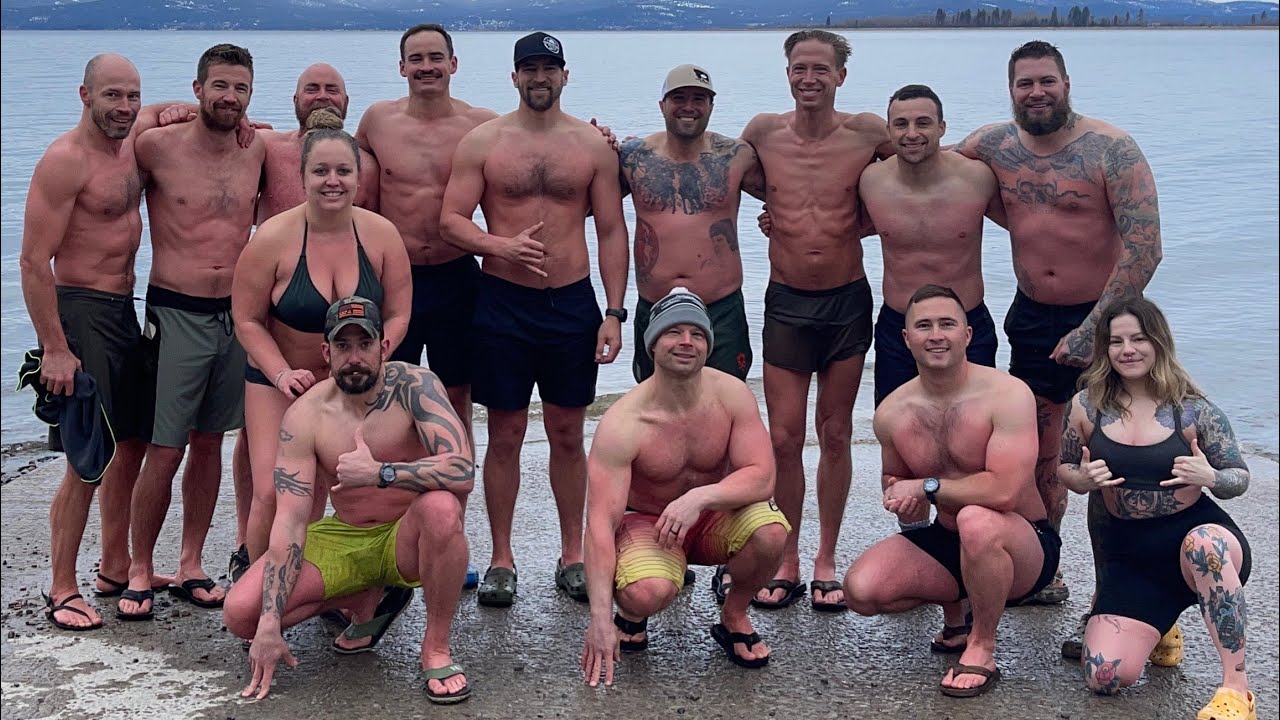“I have an app idea...”A phrase I hear often around Silicon Valley. I see the excitement in the young entrepreneurs eyes as they continue to the vision of their own on-demand photo-sharing that will have a billion dollar exit.It briefs well. Sounds easy. But the truth is, there’s a countless number of tasks that have to be executed well in order to reach even a seed round. The most vital of which starts with building the app.Great apps are derived from the synergic relationship between designers and developers. Here are the steps taken to make this happen.1/ Create a wireframeImagine you had the chance to build your dream house. You know what you want. The circular driveway, Olympic sized swimming pool, Spanish tiles throughout, etc. All those details in your head will need to be communicated to your construction team so that they can get to work. This is done with a blueprint. Wireframes are just like blueprints in that they communicate all the details of your app idea to developers.You want your app to resonate with users on an emotional level. The wireframe is also the first step to achieve that. Simply, a wireframe is a detailed blueprint of your entire application. You want to design a intuitive way for your users to experience the value of your app.Although this sounds intuitive, many products die because they are unable to achieve this. Get started by defining a focused value proposition for your app. Once you have that, design every screen and interaction of your application.A perfect example is Snapchat. They define themselves as a camera company and reflect it in the product by allowing the user to access the camera as soon as they open the application. Define what value you want users to get out of your application and design around that.
2/ Getting feedback on the wireframeOnce you have a completed wireframe in your hands it’s time to put it in front of users. It can be humbling to receive feedback, but honest feedback is the best kind needed for growth. Products fail because they never achieve product-market fit.Have a whiteboard session with your team. Who would use your product? Ideally this would be the first thing you do before thinking about the product you’re creating, but revisit the initial hypotheses. College students as a segment is broad; what activities do they do, what itch does your product scratch for them? Define these and see how it resonates among the different groups.Once you have put together some hypotheses on your target segment, put your wireframe in front of them. Observe their behavior and note their questions. This will provide insights that will allow you to refine the product. Did a majority of users try to swipe on a screen? Did they touch a button and get a different flow than anticipated? Did one customer segment have a different use case than anticipated?Feedback can hurt and erode one’s ego. Get over it. Finish the slice of humble pie and iterate on the product so you can get closer to product market fit. I recommend using Invision to distribute the wireframes since they have a great interface for web and mobile to simulate to your users how your app works.There isn’t a hard number to follow, especially as a startup with limited resources but I would look for a sample size of at least 30 before moving on to development. At this number you’ll start seeing recurring trends and know where to go next. Once complete, it’s time to pull the trigger on developing the application. The market won’t stop, so you want to get a product in more people’s hands as soon as possible.

3/ Start DevelopmentDepending on what kind of app you plan to develop, you’ll need developers with different skillsets. Start looking for developers that are full-stack. What this means is that they are able to complete both the front-end and back-end of your application. Don’t know the difference? Let’s take a step back and explain.The front-end of the application refers to anything that the user can see and interact with. Let’s use Facebook as an example. When you log into a Facebook, the first thing displayed to you is the new feed. To the left of the feed are your pages, explore buttons, and shortcuts to various other applications. On the right of the feed are your pages, and so on. Front-end developers are responsible for making sure these are displayed to the end-user.Back-end developers are responsible for providing the information that’s displayed. Every time you log onto Facebook, new content is displayed onto your news feed. You may have a new
friend request or notification to work out. Back-end developers are responsible for creating the server and database to send that information to the front-end for your users to interact with.I observed a startup that had a significant productivity gap because their developers fell into either category. As you could imagine, communication became an issue as neither side understood the naming conventions needed to sync their work. Life happens, and if someone is unavailable to meet, the project meets delays. A team comprised entirely of full-stack developers will avoid these unnecessary delays.Additionally, if you’re looking to build a mobile application, look for someone that knows React-Native. React-Native is a new framework from Facebook that allows you to build an iOS and Android application simultaneously. If a developer knows React-Native, you can already assume that they are on the cutting-edge of their craft. If they’re also full-stack, they’re definitely people you want to work with.4/ TestingOnce the product is finished, you’ll want to test it with your friends and family before releasing it to mass market. Too often, entrepreneurs make the mistake of releasing it to market without testing which leads to an overall poor market response.You will want to identify as many friends and family as possible beforehand that are willing to help you test out the application to identify any bugs in the application. When you identify a bug, you should always have that person try to replicate it. For example, if the app always crashes when they take a picture, have the user re-open the app and try to take a picture again. If it happens twice, note it for you development team.In these notes, include many details as possible. They may include:
- - What were the users actions leading up to the crash?
- - What device was the user on?
- - The connection, was it on Wi-Fi or 4G?
- - Screenshots if possible
Supply ample details go a long way in allowing developers to quickly address the bugs.5/ ShippingCongratulations on reaching this milestone! Your app is on the app store and now you’re waiting to release it to the world. There are, however, still a few things to keep in mind.First, ensure that your acquisition plan is aligned with release date. Ship dates move, and bugs may delay your release plans. Adjust your acquisition plan as necessary so you can get the most ROI for your acquisition dollars.
Second, know what acquisition channel has the best retention. As you onboard more cohorts (customer segments) take note of who those people are and what the best channel is to reach them. If your app is released and you find out gamers have the most activity, do you find them on Youtube or Twitch? Make sure you have analytics in place to measure this engagement.I hope these steps help you on your way to getting your app to market. Just remember, if the product doesn’t make sense, don’t put it out there. It hurts, but pouring water into a leaky bucket will leave you with an empty bucket. This should be mitigated by steps 1 and 2, but in case you still have that problem, fix the product first. If your users don’t get the app, identify why that is and create a plan to fix it before you continue.Developing an app can sound complex and intimidating, but so is entrepreneurship. By knowing the process, you have a framework to move forward and hire the best team to create your application. Pull the trigger, bring your minimum viable product to market, and get one step closer to your billion dollar exit.




%201.svg)









